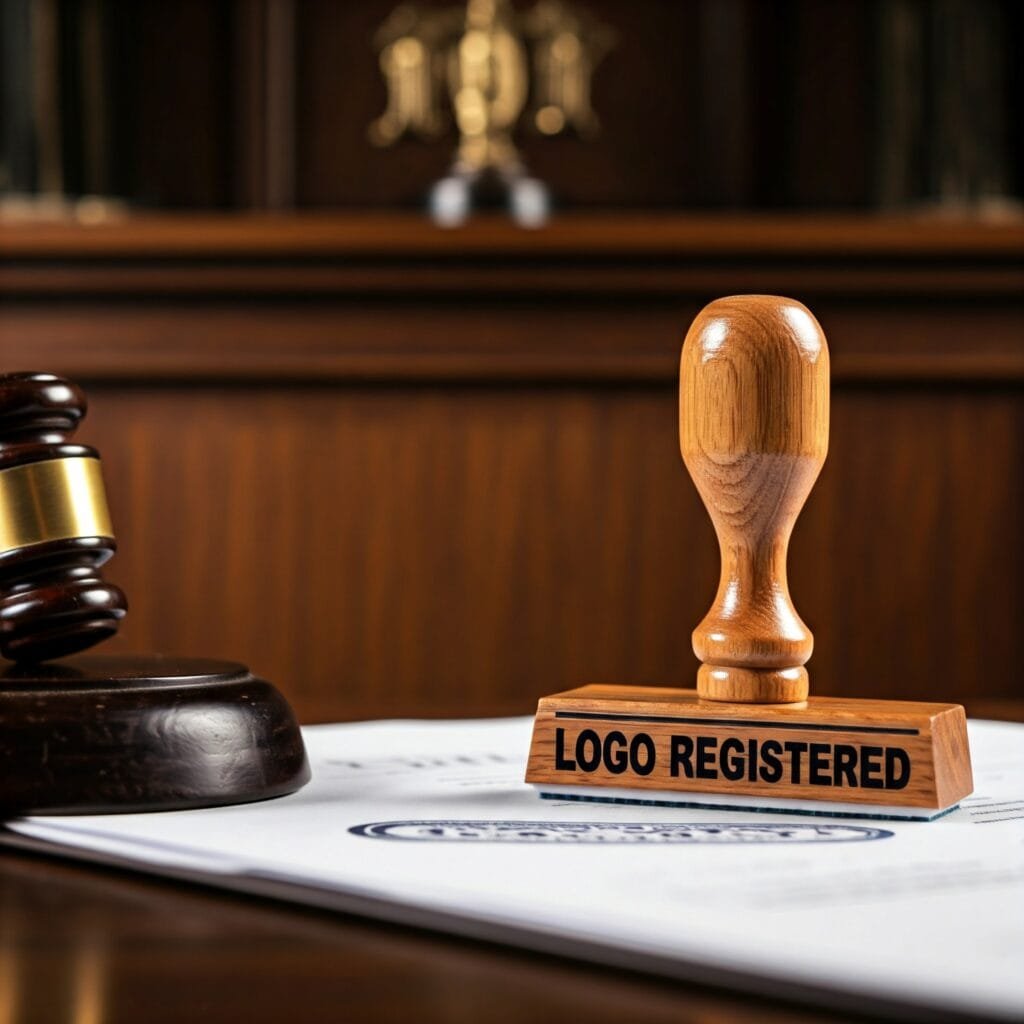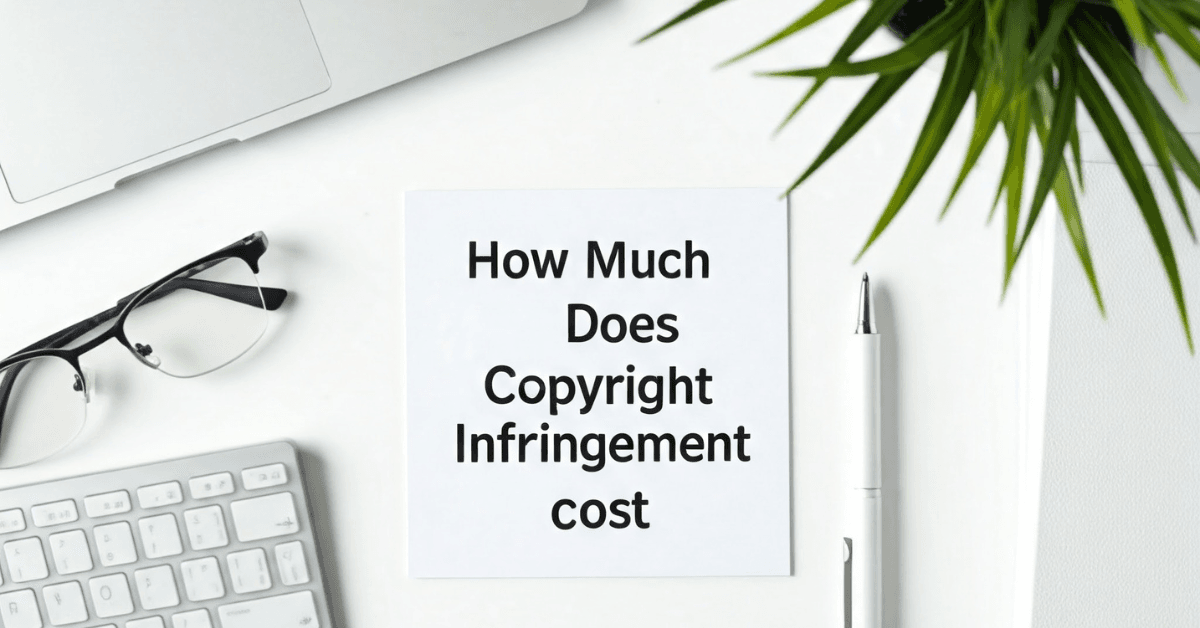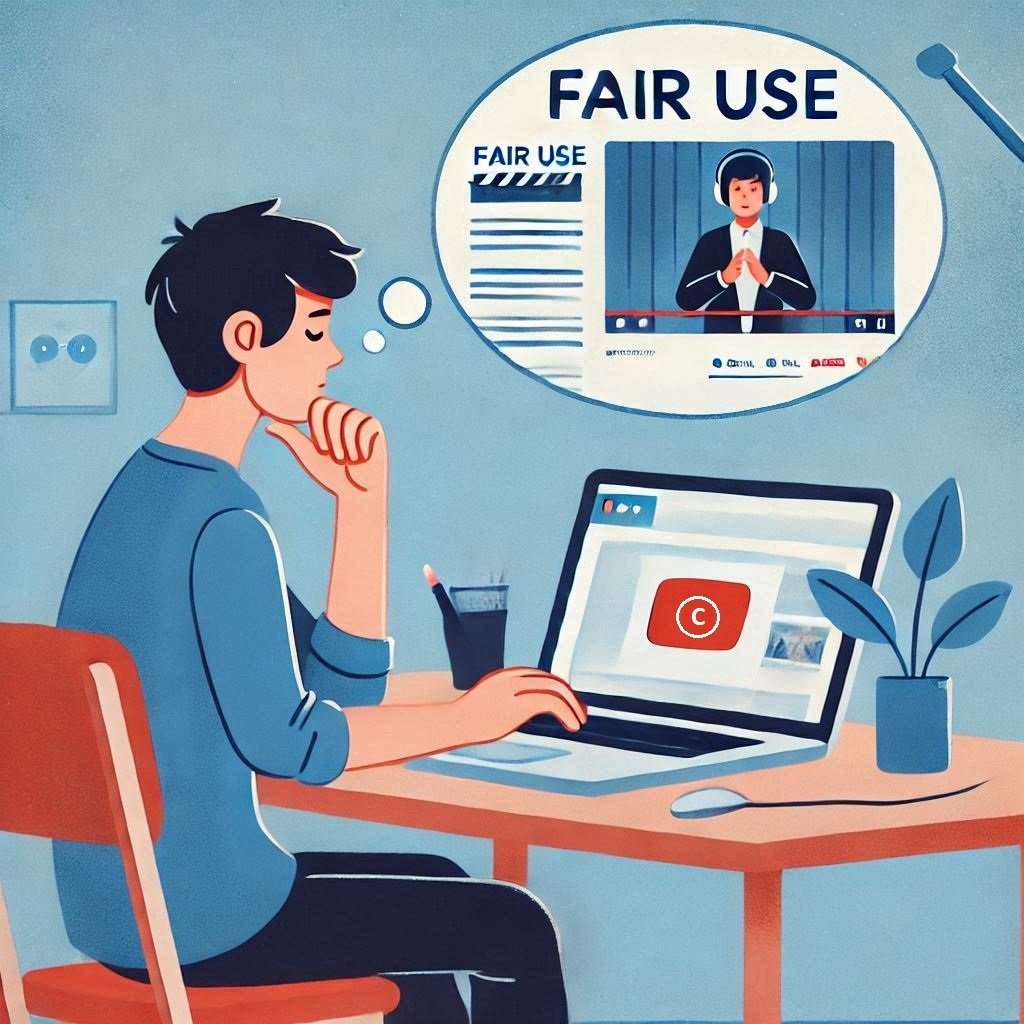Ever wonder what sets a business apart in the market? The quality of its products? The services it offers? Or maybe that logo that caught your eye? For most people, it is the logo that seems to grab the customer’s attention first. Imagine someone using your logo to deceive your customers or harm your brand reputation. How would you feel? Angry? Upset?
That is why it’s crucial to get a trademark on your logo. It puts up a shield around your brand so nobody can use it without your permission and gives you peace of mind. How does that sound? Let’s discuss in detail why a logo that are trademarked stands out, how to do it, and its advantages, and in the end we will see what factors can be considered to make your logo strong for the trademark protection.
What is a Logo That Are Trademarked?
Do you think your logo is just a creative design? Think again. A logo that are trademarked is so much more. It’s a legal protection that makes your logo exclusively yours.
When you trademark your logo, you get the right to stop others from using it. No one can copy or mimic it to confuse your customers. It’s an evidence that your brand is unique and trustworthy.
Why Should You Trademark Your Logo?
1. Protect Your Brand
If you have put a lot of time, resources, and effort into developing your logo, you surely would not want it being copied and used by other people unauthorized. By trademarking, you’ll make sure that your design becomes part of the logos that are trademarked list and thus you will have a legal right to protect it.
2. Logo Define Your Business
Your logo is not just an image, it’s about values, vision, and a promise guaranteed to the customers. While trademarking, one owns the ownership of what makes your logo part of those elite groups of logos that are trademarked.
3. Building Trust with Customers
Customers trust a brand that feels legitimate. A trademarked logo tells people, “We’re the real deal.” It shows professionalism and builds confidence in your products or services.
4. Expand Your Business
Want to expand your business internationally? A logo that are trademarked opens up access to international markets. The process protects your identity during times of expansion, thus you can keep your brand intact no matter where it heads.
How to Register a Logo That Are Trademarked
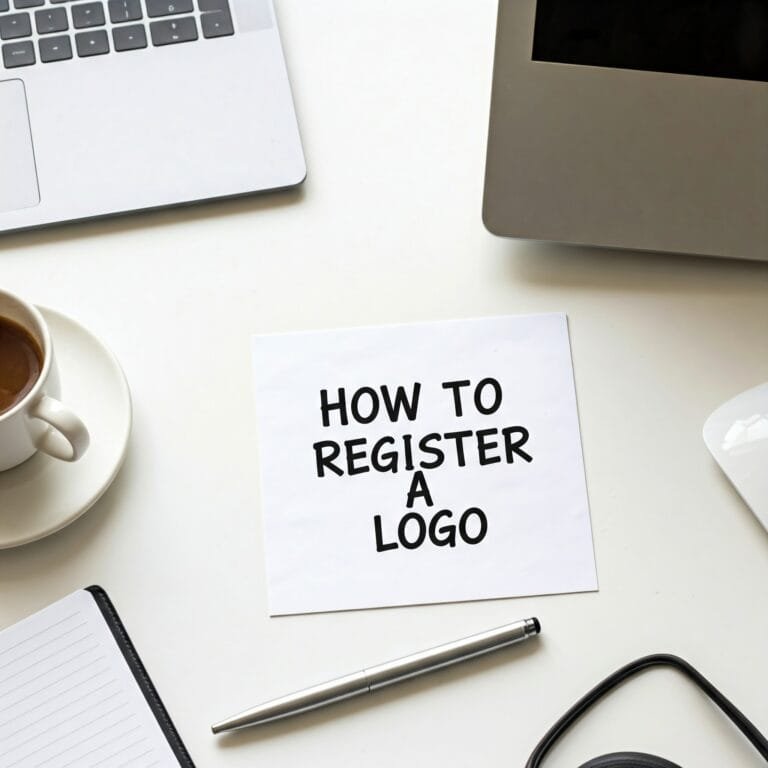
Does trademarking seem overwhelming? It doesn’t have to be. Here’s a step-by-step guide to simplify the process and make your design a part of the logos that are trademarked.
Step 1: Conduct Trademark Research
Before applying, conduct a thorough search to ensure no one else has registered a similar logo. Many countries provide publicly accessible trademark databases. This step helps avoid disputes and ensures your logo is distinct and eligible for trademark protection.
Step 2: File Your Application
Submit your trademark application to the relevant authority in your country, such as the USPTO in the US, the UAE Ministry of Economy, or the European Union Intellectual Property Office (EUIPO). Include the following details:
- Your logo design (in the required format).
- Information about your business.
- The goods or services your logo will represent.
- Ensure your logo complies with legal requirements, such as being unique and non-descriptive.
Step 3: Examination Process
What happens after you apply? The trademark office will review your application to check if it meets legal criteria. The examiner will verify: “Whether the logo is distinctive”.
If it conflicts with existing trademarks. Some countries may require additional clarifications or revisions if issues arise during this stage.
Step 4: Publication for Public Review
After approval, your logo will be published in an official gazette or trademark journal. This allows the public or existing trademark owners to file objections if they believe your logo infringes on their rights.
Step 5: Resolve Objections (If Any)
If there are objections, you may need to resolve disputes through negotiations or legal proceedings. Having professional legal assistance can simplify this process.
Step 6: Trademark Registration Certificate
Once objections are cleared or if no objections are raised, you’ll receive a trademark registration certificate. This document officially protects your logo under the law, giving you exclusive rights to use it for your business.
Step 7: Renew and Maintain Your Trademark
Trademark rights often require renewal every 10 years, depending on the country. You must also use your logo actively in commerce to maintain its registration.
Landmark Court Decisions Highlighting Logo That Are Trademarked Protection
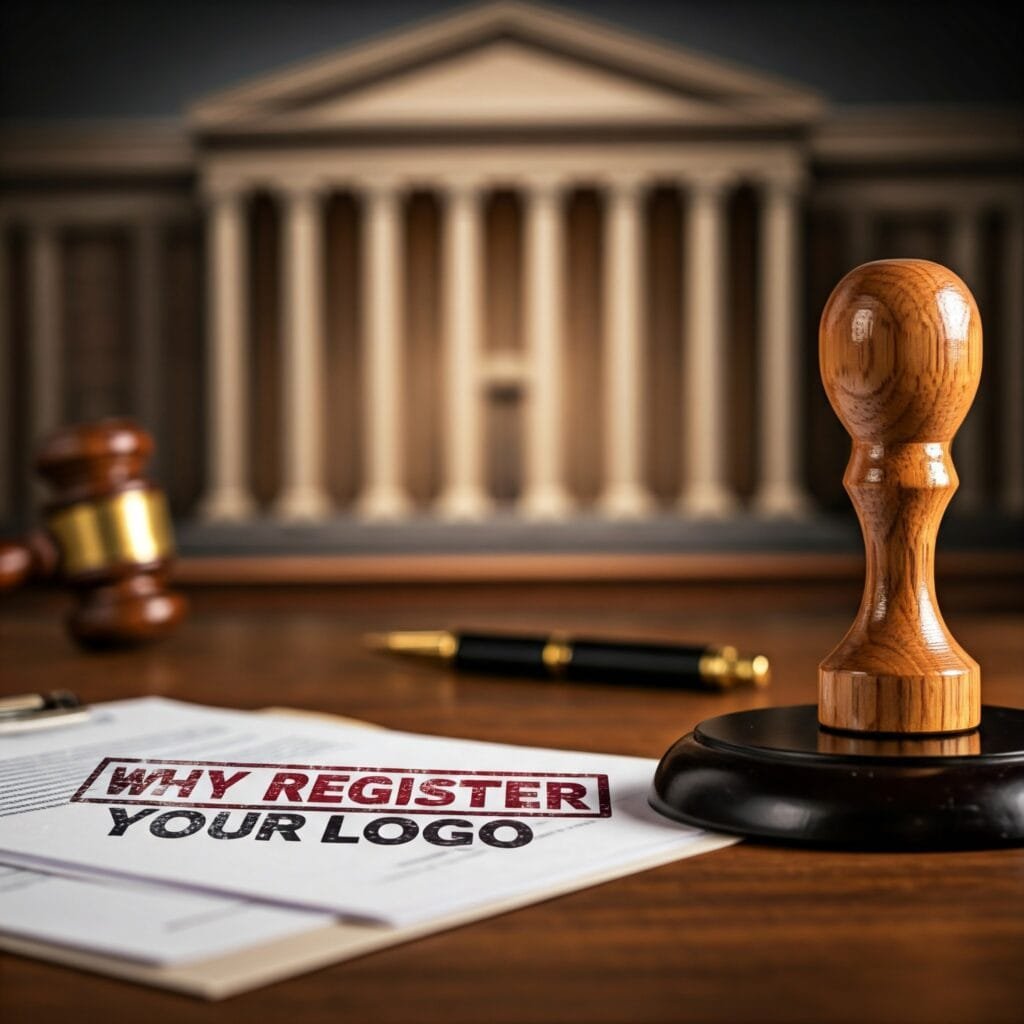
1. Starbucks Corp. v. Wolfe’s Borough Coffee, Inc. (2009)
Have you heard about the “Charbucks” case? This case demonstrated the importance of protecting well-known trademarks from dilution. Starbucks successfully argued that the name “Charbucks” diluted its brand reputation, leading to a favorable judgment. The court ruled in favor of Starbucks because their logo was part of the logos that are trademarked.
2. Jack Daniel’s Properties, Inc. v. VIP Products LLC (2023)
The court ruled that parody products mimicking iconic trade dress, such as the Jack Daniel’s whiskey bottle, constituted trademark infringement. This case emphasizes the courts’ stance on safeguarding logos from unauthorized use.
3. Adidas America, Inc. v. Payless Shoesource, Inc. (2008)
Imagine creating a signature design, only to see someone else copying it. That’s what happened to Adidas. Adidas-America, Inc. and Adidas-Salomon AG sued Payless Shoesource, Inc. for copying their signature Three-Stripe trademark (Trade Dress). They claimed Payless sold shoes with designs that looked very similar, causing confusion among customers.
The US court ruled in favor of Adidas. It found that Payless infringed on Adidas’s trademark rights and rejected Payless’s attempts to dismiss the claims. The court awarded Adidas $305 million in damages from Payless for trademark infringement.
Other Ways To Protect Your Logo Too
Is trademarking limited to logos? Not at all. Here’s what else you can secure under the umbrella of logos that are trademarked:
1. Designs protection
Logos with unique shapes, patterns, or aesthetics can also be protected under design laws. Does your logo include a specific shape or pattern? Think of Coca-Cola’s distinctive bottle design – it’s protected under design law, not just trademark law.
2. Digital Logos
Are you taking your business online? Trademarks can also cover digital assets, making sure that your design is recognized in virtual spaces as one of the logos that are trademarked.
3. Sounds and Motions
Did you know you can trademark a sound or a motion? Think of NBC’s chime or the animated Pixar lamp. These unique elements can also be trademarked if they’re integral to your brand.
4. Copyright
You can register your logo as a copyrighted work. This is particularly useful if your logo includes original artwork, illustrations, or other creative elements.
Copyright protection helps prevent unauthorized use of your logo. The best example is Disney’s Mickey Mouse logo. Disney registered Mickey as a copyrighted work to prevent unauthorized use.
5. Non-Disclosure Agreements (NDAs)
When you work with designers or other people, use NDAs to keep your logo and branding ideas secret until they are ready to show. This keeps your logo safe while you are creating it.
What Logos Are trademarked and Protected?
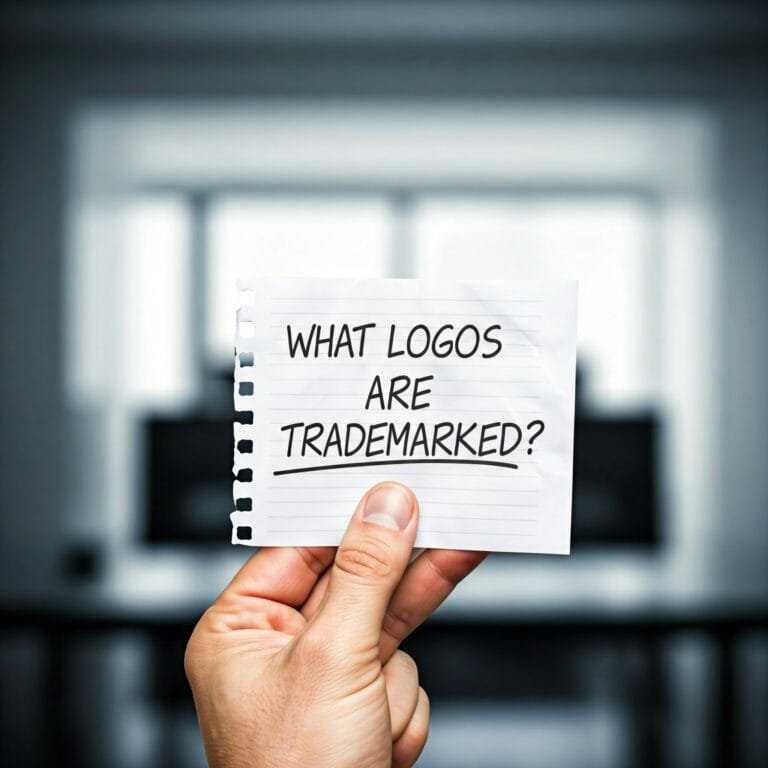
Not every logo qualifies for trademark protection. To be eligible, a logo must meet specific criteria set by trademark authorities. Here are some of the key factors to be consider to make your logo strong for Trademark protection:
- Distinctiveness is Key:
A logo must be distinctive, meaning it clearly identifies the source of goods or services and distinguishes them from others. Generic or overly simple designs often fail this test. For instance, a basic circle or square without unique elements may not qualify for trademark protection.
Let’s understand the above point with the help of a case Example. In a notable case of Chanel vs. Huawei, Chanel opposed Huawei’s logo registration, claiming it resembled Chanel’s iconic design. The court sided with Chanel, highlighting the importance of distinctiveness in logo design.
2. Avoiding Descriptive Logos
Logos that merely describe a product or service are typically ineligible for trademark protection. For example, a logo featuring the word “Apple” alongside an image of the fruit for a fruit-selling business would be considered descriptive and not distinctive.
According to the U.S. Patent and Trademark Office (USPTO), a logo must not be confusingly similar to existing trademarks and should not be purely ornamental. It must function as a source identifier.
- Non-Deceptive
The logo should not be misleading or deceptive about the nature of the goods or services it represents.
- Not Confusingly Similar
The logo should not be too similar to existing trademarks, as this could cause confusion among consumers.
- Lawfulness
The logo must not include illegal content or violate public order or morality.
Common Reasons for Logo Rejection under Trademark Law
1. Generic Logos: Logos that are common or generic in the industry. For example, a logo that simply depicts a type of product (e.g., an apple for a fruit company).
2. Descriptive Logos: Logos that merely describe the product or service. Let’s say, A logo that is a direct image of the service provided (e.g., a car for a car rental service without any unique design elements).
3. Conflict with Existing Trademarks: Logos that closely resemble existing registered trademarks. For example ABIBAS as it closely resemble to ADIDAS.
4. Use of Common Symbols: Logos that use common symbols (e.g., a globe for international services) without distinctiveness. Such as logos that use generic symbols without unique customization.
Conclusion
Thinking of waiting to trademark your logo? The longer you wait, the higher the risk of someone else claiming it. What if your competitor gets there first? Don’t let that happen. Trademarking is a proactive step that protects your brand’s future with a Logo That Are Trademarked.
Your logo isn’t just a design. It’s your brand’s identity, promise, and reputation rolled into one. By having a logo that are trademarked, you protect everything your business stands for. It’s not just about avoiding disputes—it’s about building trust, credibility, and long-term success.

